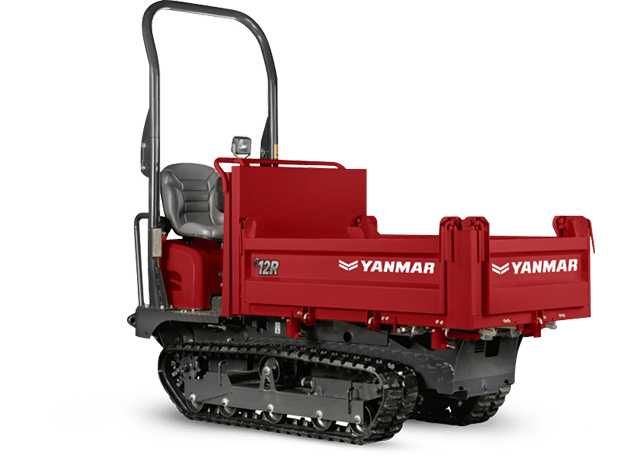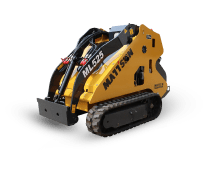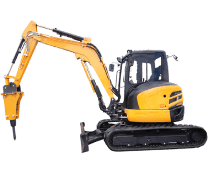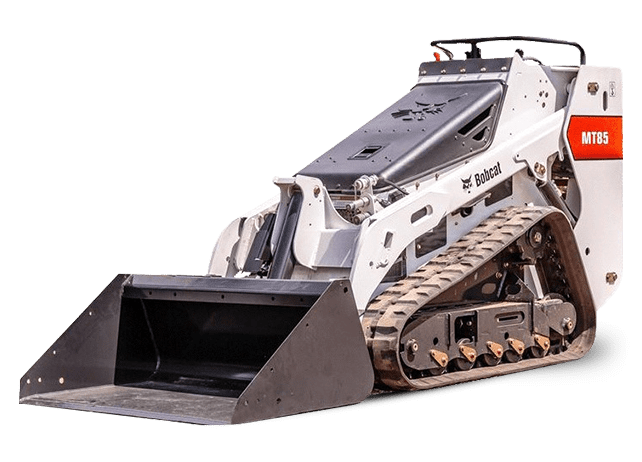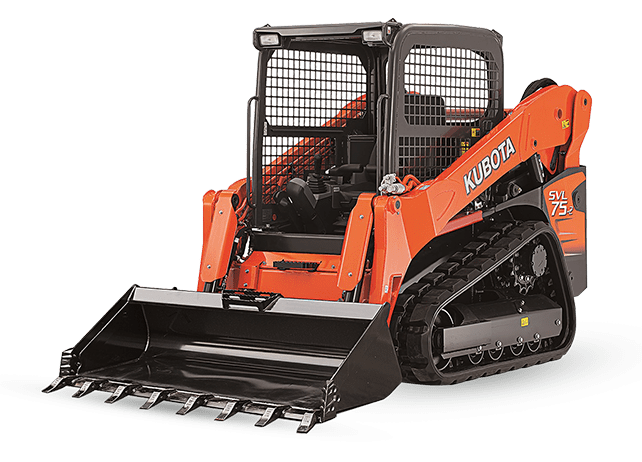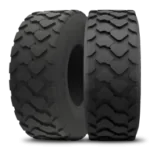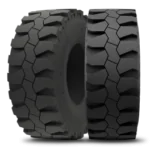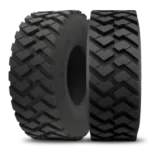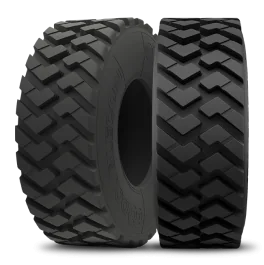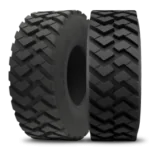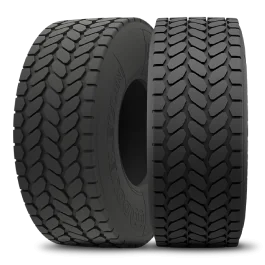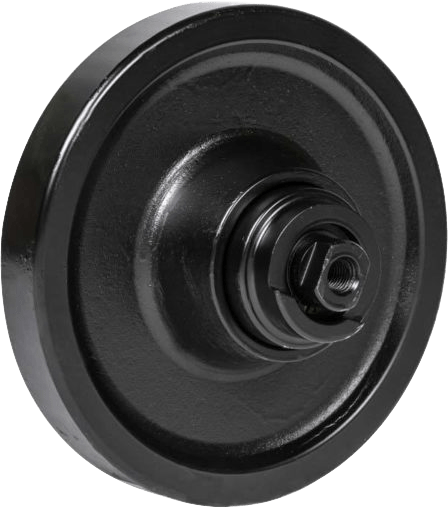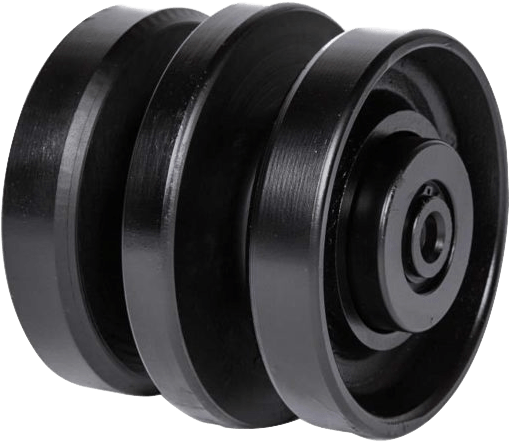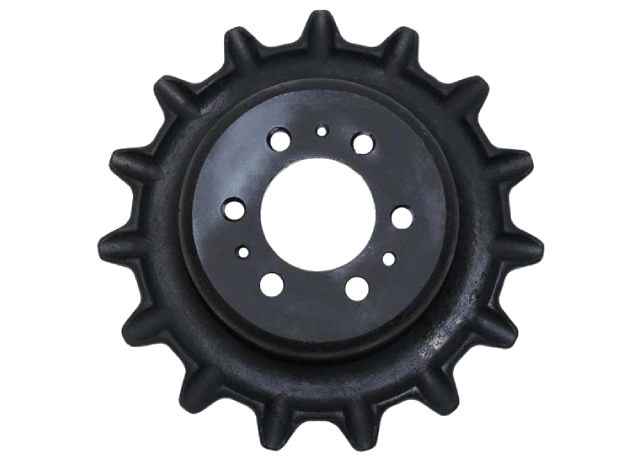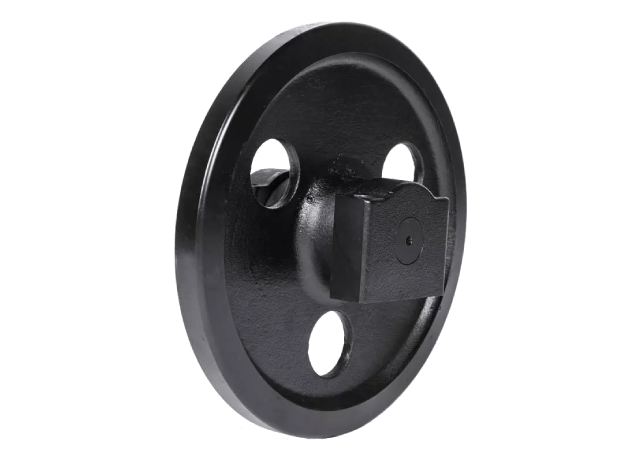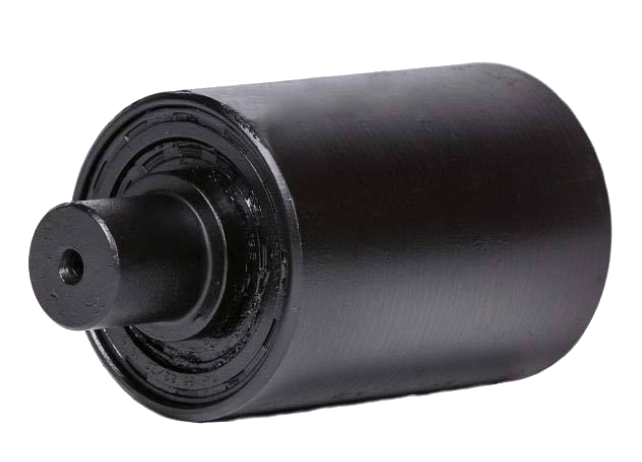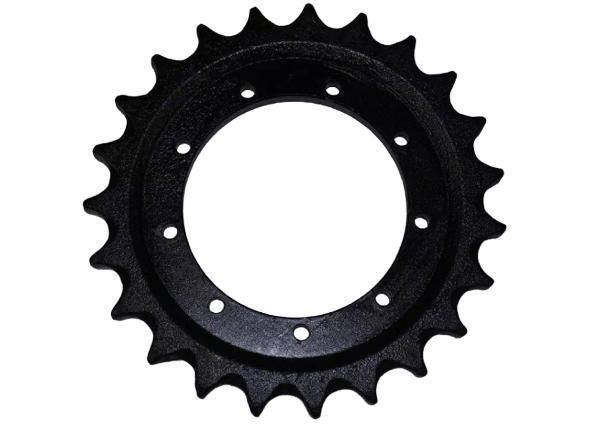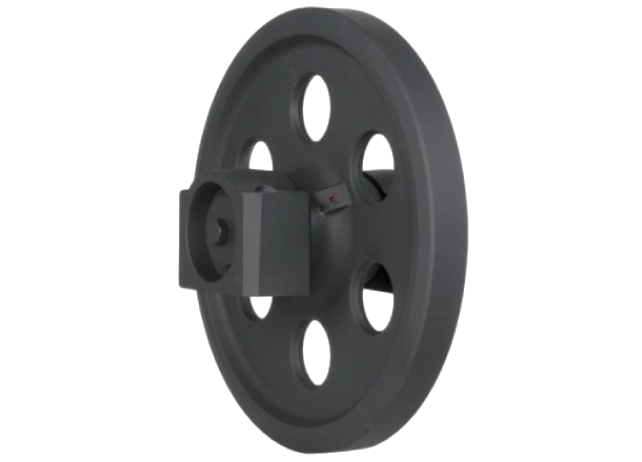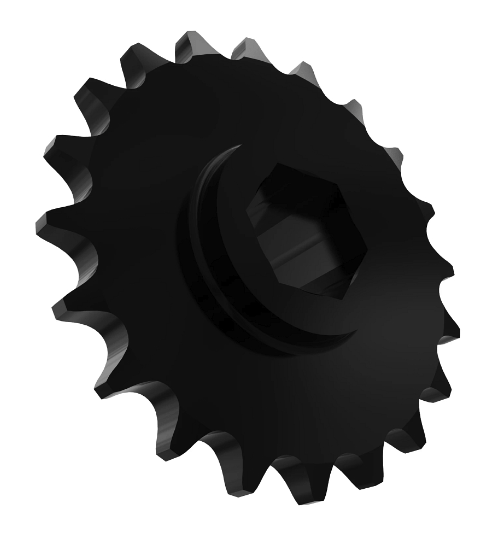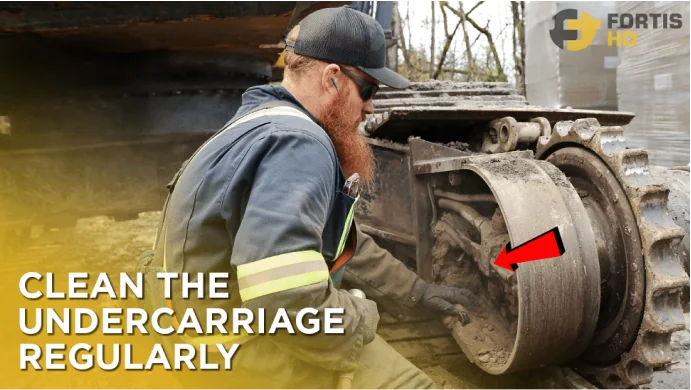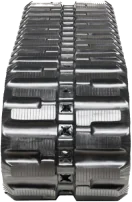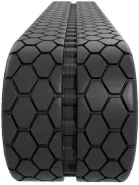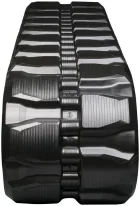Whether you’re a heavy equipment owner or fleet manager or work as an operator, these heavy equipment maintenance guidelines will show you how to keep your heavy equipment in peak condition.
We’ll focus on preventive maintenance for some of the most popular pieces of equipment, such as mini excavators, skid steers, and compact track loaders. The benefits of preventive maintenance for your construction equipment are:
- It extends equipment life.
- Ensure more efficient operation.
- Prevent expensive downtime due to equipment failure.
- It increases resale value.
- Improve workers’ safety.
- Ensure insurance coverage and warranty effectiveness.
Construction Equipment Maintenance Schedule
The following charts are our recommended schedules designed from the combination of several models from the most popular brands in the industry to offer you a thorough and reliable maintenance guide, no matter the mini excavator, skid steer, or compact track loader you’re operating.
However, don’t limit yourself to a heavy machinery maintenance manual. Mind anything unusual about your heavy equipment’s performance, and cross-reference this list to avoid costly breakdowns.
Be aware of signs such as:

- Hissing
- Grinding
- Clacking

- Fluid leakage
- Discolored or thick exhaust fumes

- Difficult starts and stalling
- Excessive vibration
Mini Excavator Hour Intervals Maintenance Schedule
From checking fluid levels to replacing filters, this excavator maintenance schedule covers all the essential maintenance tasks to carry out on your mini excavator according to the hour meter.
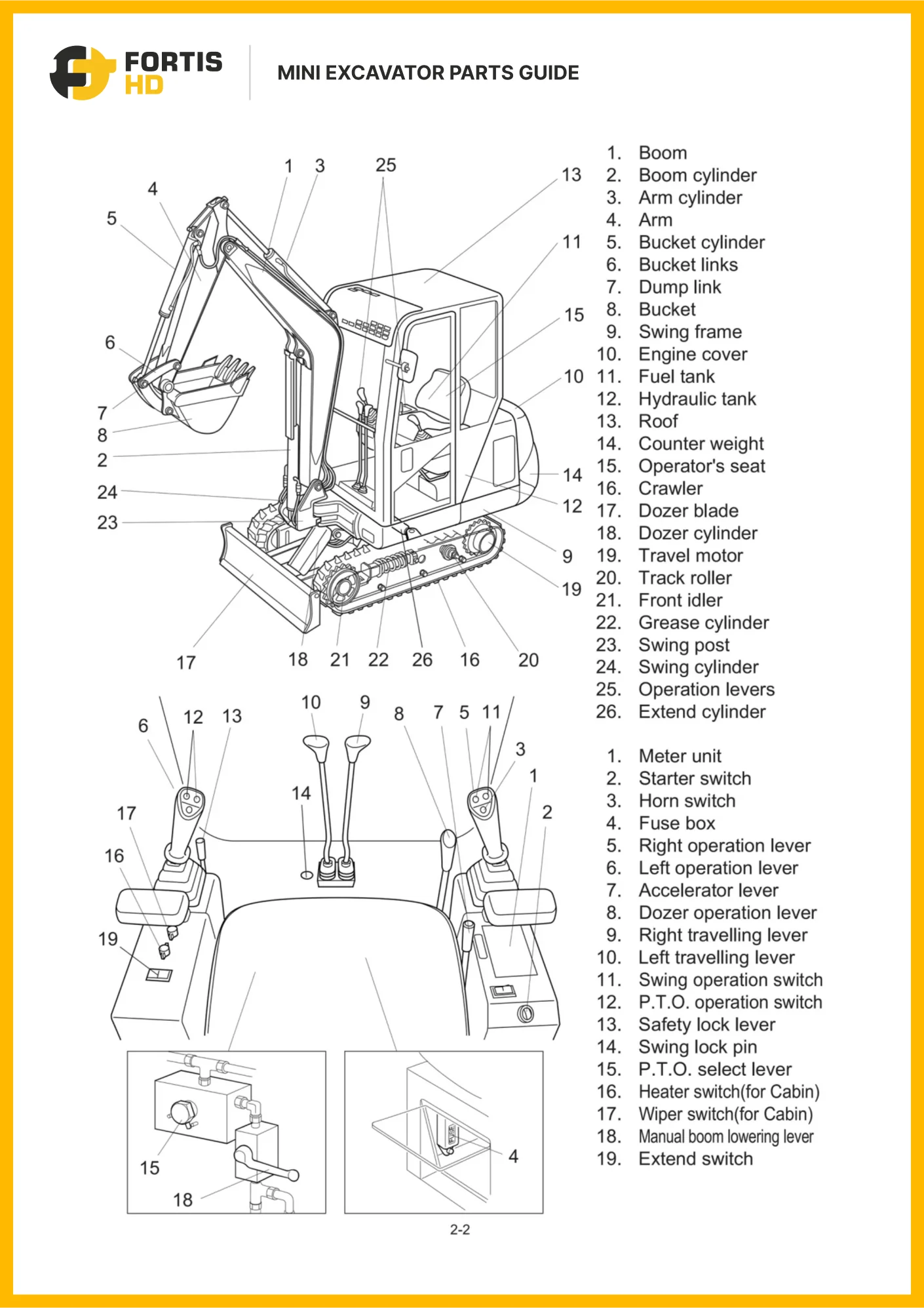
Mini Excavator Hour Intervals Maintenance Schedule
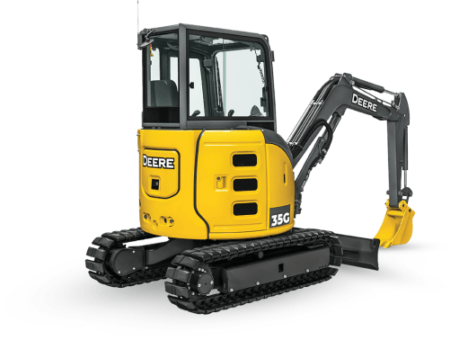
Clean the machine.
Do a visual inspection for damages or wear on the machine, tracks, and attachments.
Check and adjust the air conditioner belt—if equipped.
Adjust track tension (sag).
Inspect/Replace sprockets.
Check any unauthorized welding that might lead to a loss of warranty.
Drain/Clean water and sediment from the fuel tank.
Check/Change bucket teeth or cutting edges.
Check and tighten all bolts and nuts, particularly the undercarriage and attachments.
Check/Clean/Replace the cab fresh air filter—if equipped.
Check/Clean/Replace the cab recirculation air filter—if equipped.
Clean/Replace engine air filter primary and secondary elements.
Lubricate the front windscreen rail.
Check electrical connections and wiring.
Adjust the blade frame.
Inspect/Replace window wiper.
Check the windshield washer fluid level.
Check and drain the water separator fuel filter.
Check the coolant level.
Check the engine oil level.
Check the hydraulic oil level.
Check the fuel level.
Check for the correct operation of all indicators and lights.
Check the battery connections, cables, and electrolyte levels.
Check the condition of ROPS mounting hardware.
Check and clean the engine air cleaner dust unloader valve.
Check/Lubricate pivot points.
Check seat belt condition.
Check/Change the fuel filter.
Check/Adjust the fan belt tension.
Check/Replace the control console lockout.
Lubricate the swing bearing and gear.
Lubricate the bucket cylinder and link pins.
Lubricate boom cylinders and pins.
Lubricate arm cylinders and pins.
Lubricate link coupling.
Change engine oil and filter.
Lubricate the swing bearing and gear.
Lubricate the bucket cylinder and link pins.
Lubricate boom cylinders and pins.
Lubricate arm cylinders and pins.
Lubricate link coupling.
Clean the spark chamber.
Inspect/Adjust/Replace belts.
Check the final drive oil.
Change the hydraulic filter element.
Check travel gearbox oil level.
Drain water and sediment from the hydraulic tank.
Check/Replace radiator hoses and clamps.
Change the engine oil and filter.
Check/Change the fuel filter.
Check/Replace the exhaust manifold for damages and leakages.
Replace the air intake line.
Check/Clean the radiator fins.
Check/Change fuel pipes, hoses, and clamps.
Check/Replace the hydraulic pump, suction, and pressure hose.
Check/Replace hoses for boom, arm, and bucket cylinder.
Check/Replace the quick coupler lock mechanism.
Lubricate the control lever universal joint.
Take Sample of the following fluids:
Change the final drive/travel gearbox oil.
Change swing machinery oil.
Check/Adjust engine valve clearance.
Change engine coolant.
Change hydraulic oil and filter.
Check the crankcase breather system.
Check/Clean/Replace fuel injectors, nozzles, and pump.
Check the fuel injection timing.
Check the alternator and starting motor.
Clean the machine.
Do a visual inspection for damages or wear on the machine, tracks, and attachments.
Check and adjust the air conditioner belt if equipped.
Adjust track tension (sag).
Inspect/Replace sprockets.
Inspect/Clean the aftercooler core.
Check any unauthorized welding that might lead to a loss of warranty.
Drain/Clean water and sediment from the fuel tank.
Check/Change bucket teeth or cutting edges.
Check and tighten all bolts and nuts, particularly undercarriage and attachments.
Check/Clean/Replace the cab fresh air filter—if equipped.
Check/Clean/Replace the cab recirculation air filter—if equipped.
Clean/Replace engine air filter primary and secondary elements.
Lubricate the front windscreen rail.
Check electrical connections and wiring.
Adjust the blade frame.
Inspect/Replace window wiper.
Check the windshield washer fluid level.
Check and drain the water separator fuel filter.
Check the coolant level.
Check engine oil level.
Check hydraulic oil level.
Check fuel level.
Check for the correct operation of all indicators and lights.
Check the battery connections, cables, and electrolyte levels.
Check the condition of ROPS mounting hardware.
Check and clean the engine air cleaner dust unloader valve.
Check/Lubricate pivot points.
Check seat belt condition.
Check/Change the fuel filter.
Check/Adjust fan belt tension.
Check/Replace the control console lockout.
Lubricate the swing bearing and gear.
Lubricate the bucket cylinder and link pins.
Lubricate boom cylinders and pins.
Lubricate arm cylinders and pins.
Lubricate link coupling.
Change engine oil and filter.
Lubricate the swing bearing and gear.
Lubricate the bucket cylinder and link pins.
Lubricate boom cylinders and pins.
Lubricate arm cylinders and pins.
Lubricate link coupling.
Clean the spark chamber.
Inspect/Adjust/Replace belts.
Check the final drive oil.
Change the hydraulic filter element.
Check travel gearbox oil level.
Drain water and sediment from the hydraulic tank.
Check/Replace radiator hoses and clamps.
Change engine oil and filter.
Check/Change the fuel filter.
Check/Replace the exhaust manifold for damages and leakages.
Replace the air intake line.
Check/Clean radiator fins.
Check/Change fuel pipes, hoses, and clamps.
Check/Replace the hydraulic pump, suction, and pressure hose.
Check/Replace hoses for boom, dipper, and bucket cylinder.
Check/Replace the quick coupler lock mechanism.
Lubricate control level universal joint.
Take Sample of the following fluids: i. Engine oil. ii. Hydraulic oil. iii. Transmission oil. iv. Gear oil. v. Coolant. vi. Fuel.
Change travel gearbox oil.
Change swing machinery oil.
Check/Adjust engine valve clearance.
Change engine coolant.
Change hydraulic oil and filter.
Check the crankcase breather system.
Check/Clean/Replace fuel injectors, nozzles, and pump.
Check the fuel injection timing.
Check the alternator and starting motor.
Do you need a new set of tracks?
Check out our rubber tracks to find the right set for your construction machines. We’ve got you covered!
Skid Steer Hour Intervals Maintenance Schedule
The following skid steer maintenance checklist will help you keep your wheeled skid steer loader running smoothly by identifying the necessary tasks.
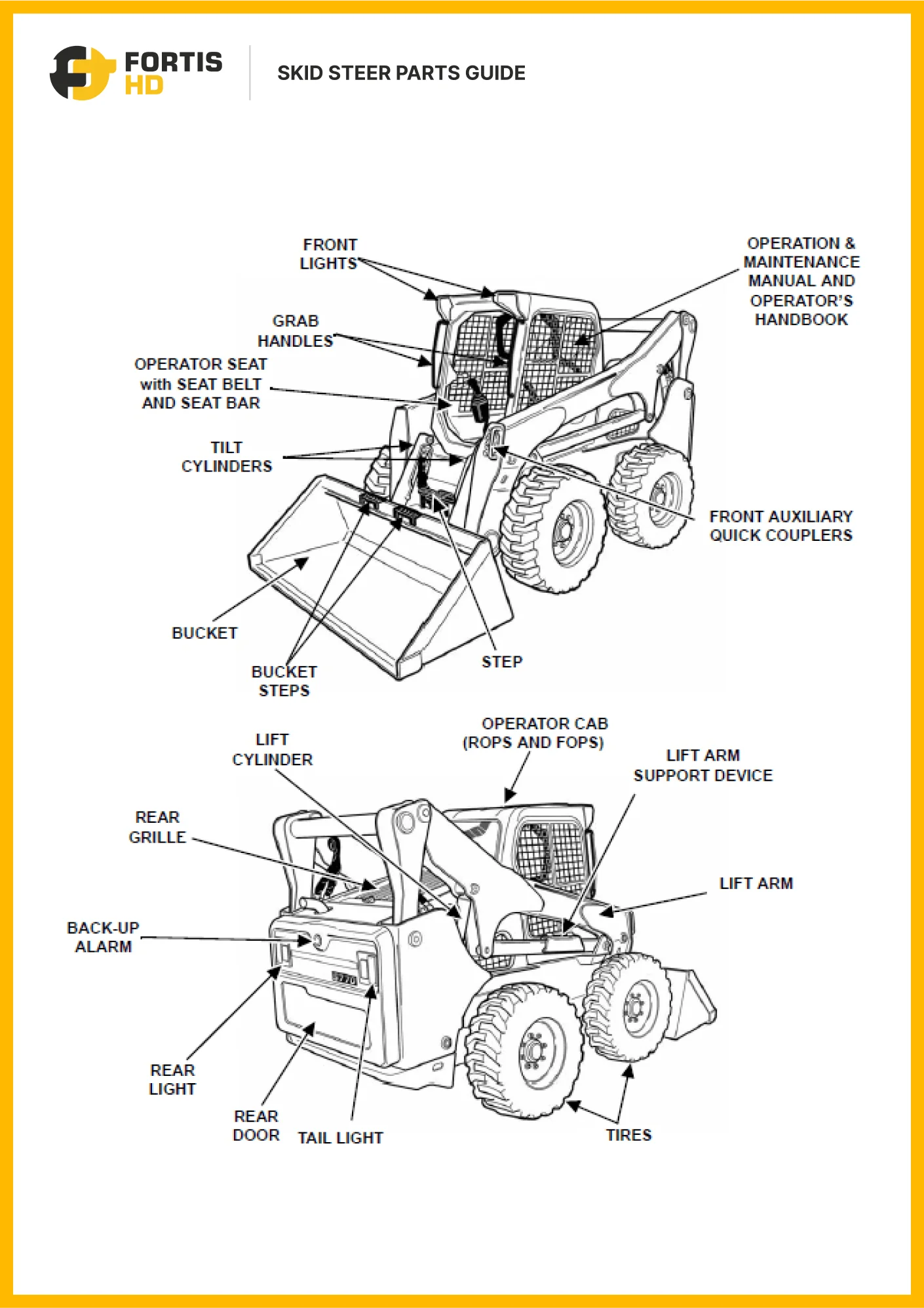
Skid Steer Hour Intervals Maintenance Schedule
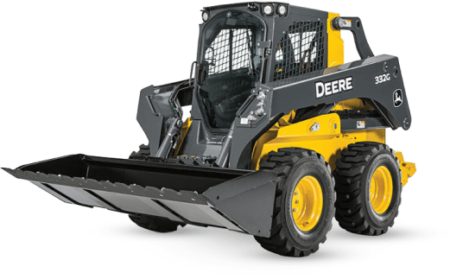
Clean the machine.
Do a visual inspection for damages or wear on the machine, rims, and attachments.
Check/Adjust tire pressure.
Check/Tighten the wheel lug nuts.
Check/Lubricate the lift arm, cylinder, and quick attach linkage.
Lubricate the steering centering mechanism.
Check the play amount in the steering wheel stroke.
Replace the fuses.
Check/Clean/Replace the cab fresh air filter—if equipped.
Check/Clean/Replace the cab recirculation air filter—if equipped.
Clean/Replace the primary and secondary elements of the engine air filter.
Inspect and clean the fuel tank vent tube.
Clean the air conditioner condenser.
Check/Change bucket teeth or cutting edges.
Check the electrical connections and wiring.
Adjust the blade frame.
Inspect/Replace the window wiper.
Check the windshield washer fluid level.
Check and drain the water separator fuel filter.
Check the coolant level.
Check the engine oil level.
Check the hydraulic oil level.
Check the fuel level.
Check the DEF level.
Check for the correct operation of all indicators and lights.
Check the battery connections, cables, and electrolyte levels.
Check the condition of ROPS mounting hardware.
Lubricate axle bearings.
Clean/Inspect the air cleaner dust valve.
Clean/Inspect the quick coupler.
Inspect/Replace the work tool guard and reflector.
Check the front horn and backup alarm for proper function.
Check/Lubricate pivot points.
Inspect/Clean the engine compartment.
Check the seat belt condition.
Check/Adjust/Repair the parking brake, foot pedals, and steering levers.
Check/Repair/Replace hydraulic fluid, hoses, and tubelines.
Clean the spark chamber.
Check/Clean/Replace the air conditioner filter.
Check/Adjust/Replace belts.
Check the drive chain tension.
Check the interlock control system—if equipped.
Change axle oil.
Grease the steering shaft fittings.
Check/Replace the radiator hoses and clamps.
Change engine oil and filters.
Replace the water separator fuel filter.
Check/Replace the exhaust manifold for damages and leakages.
Replace the hydro filter element.
Lubricate the steering linkage—if equipped.
Check/Clean the radiator fins.
Clean the fuel solenoid pump strainer.
Take Sample of the following fluids:
Change the drive chain case oil.
Drain the fuel tank sump.
Change the hydraulic reservoir oil and breather cap.
Replace the hydraulic oil filter.
Clean the engine crankcase breather.
Clean the transmission oil strainer.
Check/Adjust the engine valve clearance.
Check and clean the starter and generator.
Check the turbocharger bearing.
Change the engine coolant.
Check/Clean/Replace fuel injectors, nozzles, and pump.
Check the fuel injection timing.
Replace the cooling system water temperature regulator.
Check the gas pressure in the brake system accumulator.
Check the brake disks.
Retighten the front axle and rear axle support mounting bolts.
Check the air conditioner system (condenser, compressor, pulley, belt, etc.).
Clean the machine.
Do a visual inspection for damages or wear on the machine, tracks, and attachments.
Check/Adjust tire pressure.
Check/Tighten the wheel lug nuts.
Inspect/Replace sprockets.
Inspect/Replace track roller and idler.
Check/Lubricate the lift arm, cylinder, and quick attach linkage.
Inspect/Replace window wiper.
Lubricate the steering centering mechanism.
Check the play amount in the steering wheel stroke.
Replace fuses.
Check/Clean/Replace the cab fresh air filter—if equipped.
Check/Clean/Replace the cab recirculation air filter—if equipped.
Clean/Replace engine air filter primary and secondary elements.
Inspect and clean the fuel tank vent tube.
Clean the air conditioner condenser.
Check/Change bucket teeth or cutting edges.
Check electrical connections and wiring.
Adjust the blade frame.
Check the windshield washer fluid level.
Check and drain the water separator fuel filter
Check the coolant level.
Check engine oil level.
Check fuel level.
Check DEF level.
Check for the correct operation of all indicators and lights
Check the battery connections, cables, and electrolyte levels.
Check the condition of ROPS mounting hardware.
Lubricate axle bearings.
Clean/Inspect the air cleaner dust valve.
Clean/Inspect the quick coupler.
Inspect/Replace the bogie and idler.
Inspect/Replace work tool guard and reflector.
Check the front horn and backup alarm for proper function.
Check/Lubricate pivot points.
Inspect/Clean engine compartment.
Check seat belt condition.
Check/Adjust/Repair the parking brake, foot pedals, and steering levers.
Check/Repair/Replace hydraulic fluid, hoses, and tubelines.
Clean the spark chamber.
Check/Clean/Replace the air conditioner filter.
Check/Adjust/Replace belts.
Check drive chain tension.
Check the final drive oil.
Check the interlock control system—if equipped.
Change transmission oil and filter.
Change axle oil.
Grease steering shaft fittings.
Check/Replace radiator hoses and clamps.
Change engine oil and filters.
Replace the water separator fuel filter.
Check/Replace the exhaust manifold for damages and leakages.
Replace the hydro filter element.
Lubricate steering linkage—if equipped.
Check/Clean radiator fins.
Clean fuel solenoid pump strainer.
Take samples of the following fluids:
Take Sample of the following fluids: i. Engine oil. ii. Hydraulic oil. iii. Transmission oil. iv. Gear oil. v. Coolant. vi. Fuel.
Change the final drive oil.
Change the drive chain case oil.
Drain fuel tank sump.
Change the hydraulic reservoir oil and breather cap.
Replace the hydraulic oil filter.
Clean the engine crankcase breather.
Clean transmission oil strainer.
Check/Adjust engine valve clearance.
Check and clean the starter and generator.
Check the turbocharger bearing.
Inspect the sprocket sleeve.
Change engine coolant.
Check/Clean/Replace fuel injectors, nozzles, and pump.
Check the fuel injection timing.
Replace the cooling system water temperature regulator.
Check the gas pressure in the brake system accumulator.
Check brake disks.
Retighten the front axle and rear axle support mounting bolts.
Check the air conditioner system (condenser, compressor, pulley, belt, etc.).
Do you need new tires?
Check out our OTR tires to find the right tires for your construction machines. We got you covered!
Compact Track Loader Hour Intervals Maintenance Schedule
Whether you use your CTL for construction, landscaping, or any other purpose, this checklist will help you stay on top of the necessary maintenance tasks, from inspecting tracks to greasing pivot points.
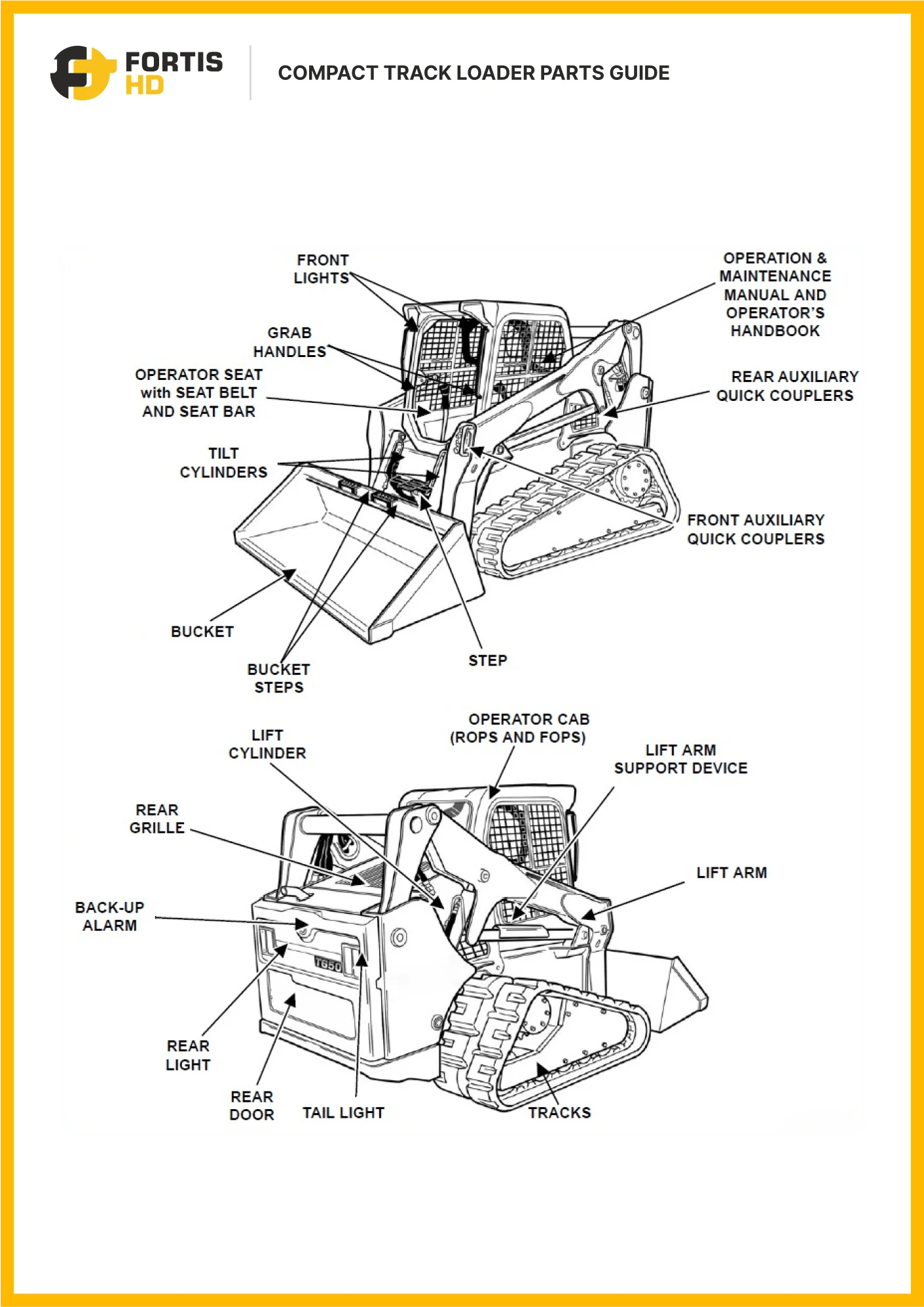
Compact Track Loader Hour Intervals Maintenance Schedule

Services Schedule
Clean the machine.
Adjust the track tension (sag).
Inspect/Replace the sprockets.
Inspect/Clean the aftercooler core.
Clean the aftercooler intake screen.
Clean the air conditioner condenser.
Inspect/Replace the bucket cutting edges.
Inspect/Replace the bucket tips.
Check/Clean/Replace the cab fresh air filter—if equipped.
Check/Clean/Replace the cab recirculation air filter—if equipped.
Clean/Replace engine air filter primary and secondary elements.
Inspect/Clean the engine compartment.
Operate the fuel system priming pump.
Clean the fuel tank cap.
Drain fuel tank water and sediment.
Replace the filter of the DEF tank.
Inspect/Clean the fuel tank vent tube.
Replace fuses.
Inspect the oil filter.
Check electrical connections and wiring.
Adjust the blade frame.
Inspect/Replace the window wiper.
Check the windshield washer fluid level.
Do daily inspections for damages or wear on the machine, tracks, and attachments.
Check/Drain the water separator fuel filter.
Check the coolant level.
Check the engine oil level.
Check the hydraulic system oil level.
Check the fuel level.
Check the DEF level.
Check the condition of ROPS mounting hardware.
Check for the correct operation of all indicators and lights.
Check the battery connections, cables, and electrolyte levels.
Check/Lubricate pivot points.
Clean/Inspect the air cleaner dust valve.
Lubricate axle bearings.
Test backup alarm.
Check the equipment lowering control valve.
Check the interlock control system.
Lubricate the lift arm, cylinder, and quick attach linkage.
Lubricate tilt cylinder bearings and bucket linkage bearings.
Clean/Inspect the quick coupler.
Inspect/Replace track roller and idler.
Lubricate the work tool.
Inspect the work tool mounting bracket.
Check the seat belt condition.
Check/Adjust/Repair the parking brake, foot pedals, and steering levers.
Check/Repair/Replace hydraulic fluid, hoses, and tubelines.
Clean the spark chamber.
Check/Clean/Replace the air conditioner filter.
Inspect/Adjust/Replace belts.
Check the final drive oil.
Change the hydraulic filter element.
Check the travel gearbox oil level.
Drain water and sediment from the hydraulic tank.
Check/Replace the radiator hoses and clamps.
Replace the water separator fuel filter.
Check/Change the fuel filter.
Check/Replace the exhaust manifold for damages and leakages.
Drain the fuel tank sump.
Replace the hydraulic system oil filter.
Change engine oil and filter.
Replace the hydraulic tank breather.
Lubricate steering linkage—if equipped.
Check/Clean the radiator fins.
Take Sample of the following fluids:
Change the final drive oil.
Check/Adjust the engine valve clearance.
Check the DEF injector and hoses.
Replace the oil separator element.
Check the EGR cooler.
Replace the refrigerant dryer.
Replace the DEF pump filter.
Check/Clean/Replace fuel injectors, nozzles, and pump.
Check the fuel injection timing.
Change the hydraulic system oil.
Replace the cooling system water temperature regulator.
Drain/Flush/Refill coolant or add coolant extender.
Check the air conditioner system (condenser, compressor, pulley, belt, etc.).
Check the turbocharger.
Clean the DPF.
Check the EGR system.
Check the alternator and starter motor.
Clean the machine.
Adjust track tension (sag).
Inspect/Clean the aftercooler core.
Clean the aftercooler intake screen.
Clean the air conditioner condenser.
Inspect/Replace bucket cutting edges.
Inspect/Replace the bucket tips.
Check/Clean/Replace the cab fresh air filter—if equipped.
Check/Clean/Replace the cab recirculation air filter—if equipped.
Clean/Replace engine air filter primary and secondary elements.
Inspect/Clean engine compartment.
Operate fuel system priming pump.
Clean fuel tank cap.
Drain fuel tank water and sediment.
Replace the filter of the DEF tank.
Inspect/Clean the fuel tank vent tube.
Replace fuses.
Inspect the oil filter.
Check electrical connections and wiring.
Adjust the blade frame.
Inspect/Replace window wiper.
Check the windshield washer fluid level.
Do daily inspections for damages or wear on the machine, tracks, and attachments.
Check/Drain the water separator fuel filter.
Check the coolant level.
Check engine oil level.
Check the hydraulic system oil level.
Check fuel level.
Check DEF level.
Check the condition of ROPS mounting hardware.
Check for the correct operation of all indicators and lights.
Check the battery connections, cables, and electrolyte levels.
Check/Lubricate pivot points.
Clean/Inspect the air cleaner dust valve.
Lubricate axle bearings.
Test backup alarm.
Check the equipment lowering control valve.
Check the interlock control system.
Lubricate the lift arm, cylinder, and quick attach linkage.
Lubricate tilt cylinder bearings and bucket linkage bearings.
Clean/Inspect the quick coupler.
Inspect/Replace track roller and idler.
Lubricate work tool.
Inspect the work tool mounting bracket.
Check seat belt condition.
Inspect/Adjust/Replace belts.
Check the final drive oil.
Change the hydraulic filter element.
Check travel gearbox oil level.
Drain water and sediment from the hydraulic tank.
Check/Replace radiator hoses and clamps.
Replace the water separator fuel filter
Check/Change the fuel filter.
Check/Replace the exhaust manifold for damages and leakages.
Drain fuel tank sump.
Replace the hydraulic system oil filter.
Change engine oil and filter.
Replace the hydraulic tank breather.
Lubricate steering linkage—if equipped.
Check/Clean radiator fins.
Take samples of the following fluids:
Take Sample of the following fluids: i. Engine oil. ii. Hydraulic oil. iii. Transmission oil. iv. Gear oil. v. Coolant. vi. Fuel.
Change the final drive oil.
Change the drive chain case oil.
Drain fuel tank sump.
Change the hydraulic reservoir oil and breather cap.
Replace the hydraulic oil filter.
Clean the engine crankcase breather.
Clean transmission oil strainer.
Check/Adjust engine valve clearance.
Check and clean the starter and generator.
Check the turbocharger bearing.
Inspect the sprocket sleeve.
Change engine coolant.
Check/Clean/Replace fuel injectors, nozzles, and pump.
Check the fuel injection timing.
Replace the cooling system water temperature regulator.
Check the gas pressure in the brake system accumulator.
Check brake disks.
Retighten the front axle and rear axle support mounting bolts.
Check the air conditioner system (condenser, compressor, pulley, belt, etc.).
Do you need heavy equipment tools?
Check out our heavy equipment tools to find the right tools for your construction machines. We got you covered!
You can do maintenance tasks using wrenches, drivers, and ratchets. Our article “Top Heavy Equipment Tools” covers what we consider to be the basic tools an apprentice needs to start working as a heavy-duty mechanic.
For some of the tasks mentioned here, the only “specialized” tools you’ll need are an air compressor, a pressure washer, and a grease gun. To ease the greasing process, we recommend a grease gun with the following:
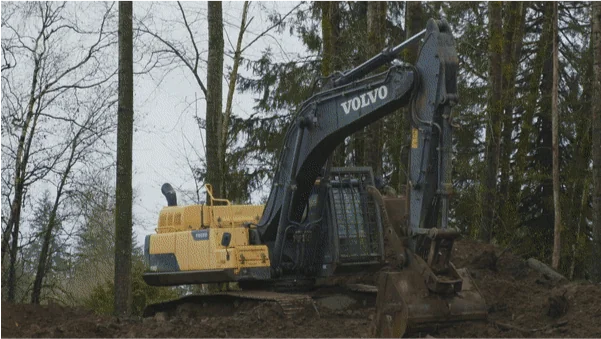
- A flexible hose rather than a fixed tube to get to hard-to-reach greasing spots.
- A fitting with a locking mechanism.
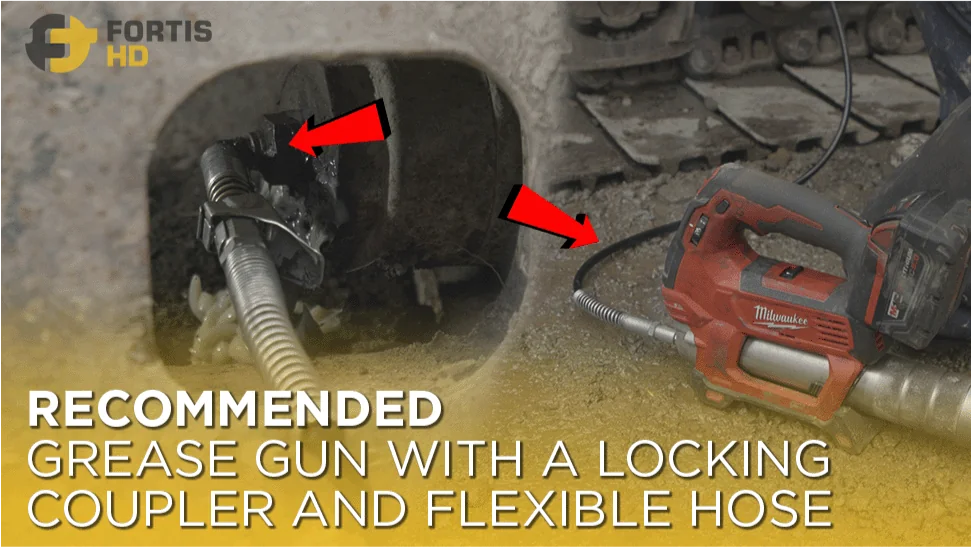
Maintenance Tips and Best Practices
Besides the above heavy equipment maintenance schedule, we want to share other tips and best practices based on our experience, which may be hard to find in the manuals or not present.
Regular Maintenance
As tempting as it may be to skip reading the manual and go straight into the cabin, don’t do it. Get to know the limitations of your heavy equipment, and If you aren’t behind the controls, make sure the operator has qualified operator training.
Properly operating your construction machine is just as important as storing it at the end of the shift. So, when possible, park your heavy equipment in sheds to protect it from the weather, which reduces maintenance in the long run.
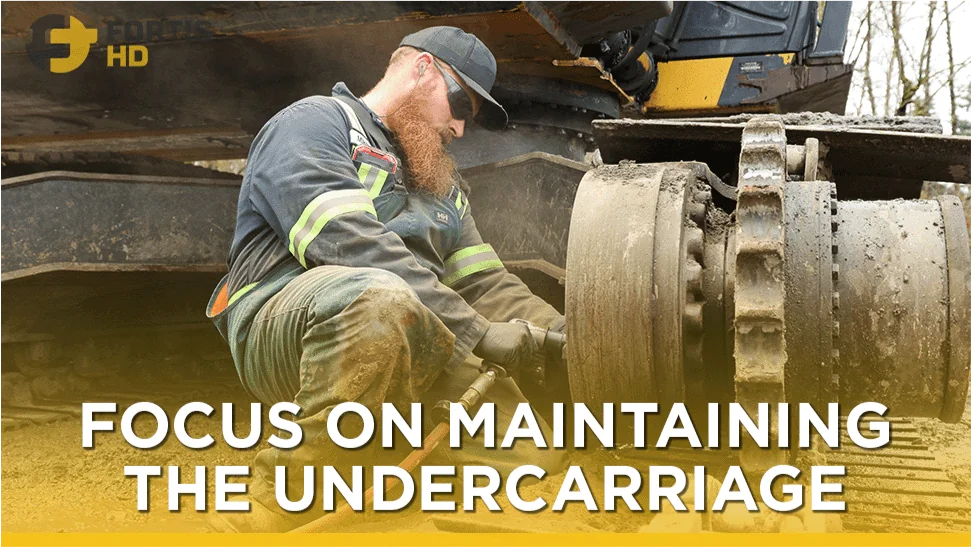
Although the whole machine needs maintenance, we recommend focusing on the undercarriage. The undercarriage represents a considerable portion of the equipment’s purchase price. Keep an eye on the following:
- Clean accumulated debris from the tracks regularly.
- Add track tension for hard surfaces. Loosen tension when working on soft, muddy, or snowy surfaces.
- If you need to change tracks:
-
- Choose one with the same OEM size to prevent the track from rubbing on the machine’s undercarriage and de-tracking during operation.
- Choose the appropriate pattern for the site condition (snow, ice, sand, and mud).
- When replacing undercarriage parts, invest in quality and value.
If you need undercarriage parts, you’ll need to check out our heavy equipment undercariage parts to find the right part for your heavy equipment.
If your heavy equipment moves on wheels rather than tracks, rotate the tires periodically (front to rear and vice-versa) to extend their life span. Usually, one set of tires wears faster than the other.
Although attachments may not be considered part of the main item, a loose attachment can damage the equipment itself, leading to costly repairs and maintenance. Double-check that you set up attachments correctly.
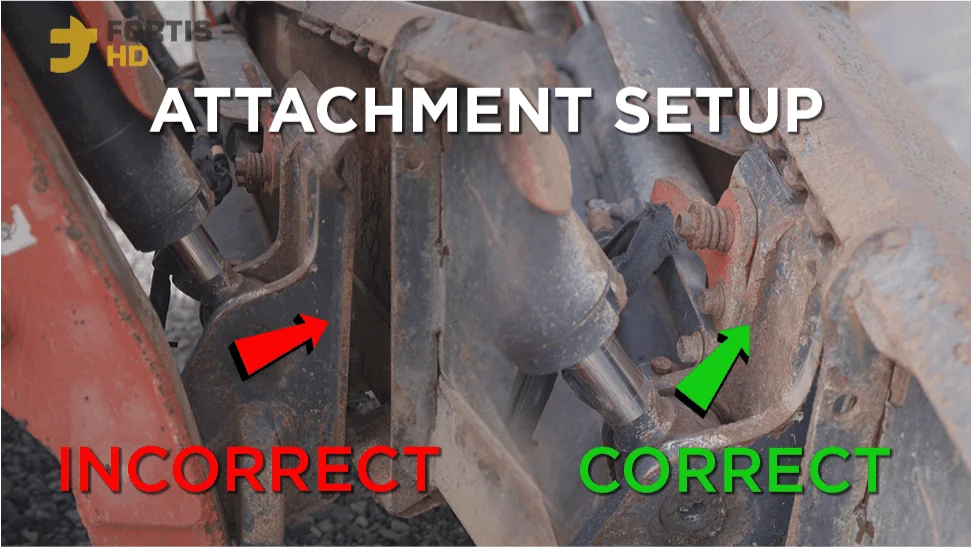
Fluids are vital for any piece of equipment and must match the information in the operator’s manual. Avoid mixing different types of the same fluid, mainly oils and coolants.
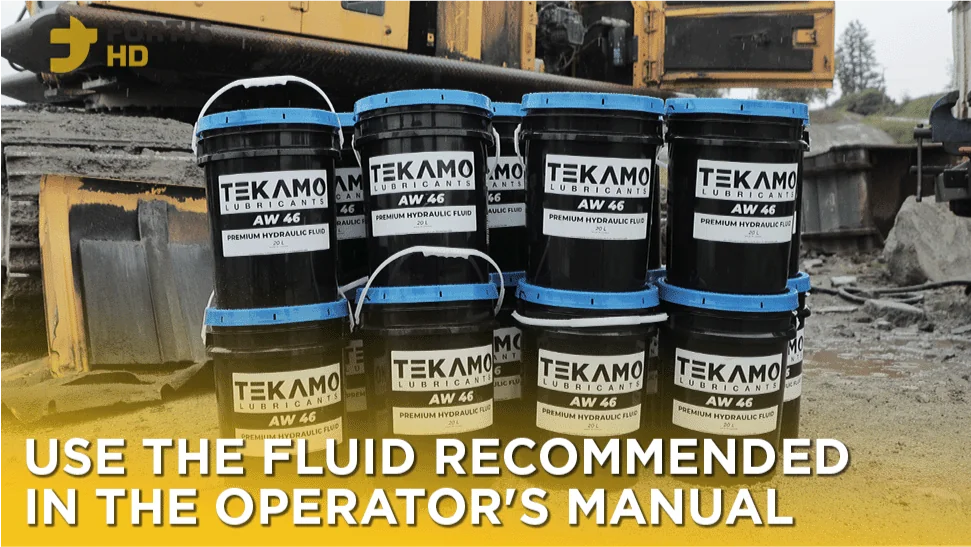
Lastly, don’t rely only on your memory and the hour meter to keep track of the maintenance of your construction machine. Keep historical data using any maintenance schedule software (CMMS) like UpKeep and Fiix or our inspection checklist.
Seasonal Maintenance
In countries with four seasons, you must be extra aware of maintenance.
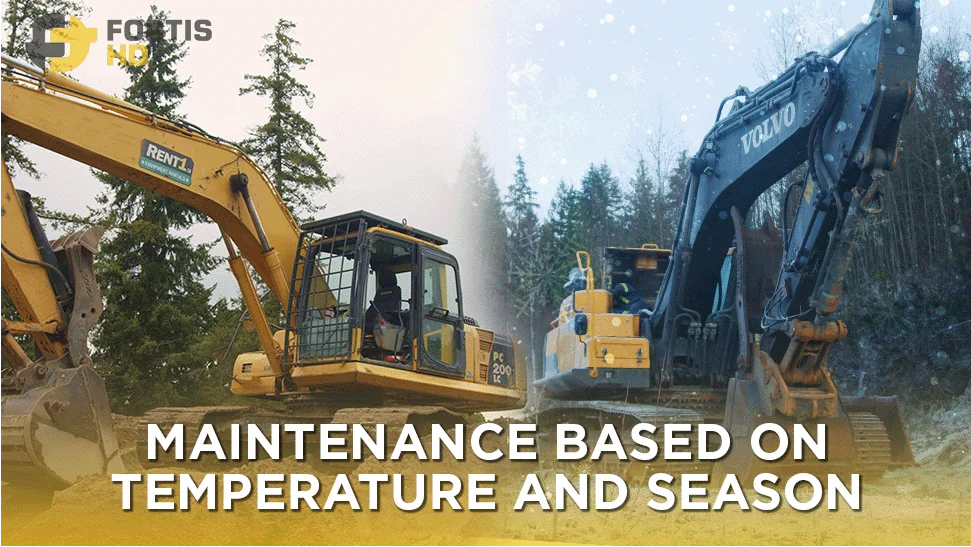
We’ll focus on extreme temperatures in the summer and winter.
During Summer
Right off the bat, schedule work outside peak hours. The additional heat will make tires wear much faster due to increased pressure, while brakes will lose friction due to an effect called brake fade. James E. Duffy explains this in his book “Modern Automotive Technology.“
Extreme hot temperatures also affect fluids.
Use an engine oil with a higher viscosity rating. Thicker oils provide more protection against wear and tear and better lubrication during high-temperature operations. Check the owner’s manual or consult a qualified mechanic to determine the appropriate oil viscosity.
In an interview on The Heavy Duty Parts Report Podcast, Brad Moss, Product Manager at BBB Industries, recommends to those operating heavy equipment with turbocharger technology to let the engine idle for 2 minutes before shutting it down to prevent oil cocking at the shaft and bearings.
Check and top off the coolant expansion reservoir regularly and fill in the fuel and DEF tanks daily.
Lastly, roll the windows up when using the HVAC to keep the cabin cool and prevent the air conditioner from working harder.
During Winter
Just like hot temperatures affect tires and fluids, so does extreme cold.
To choose the right engine oil, grease for the lubrication points, brake fluid, and fuel refer to the operator’s manual or manufacturer’s recommendations.
By the way, #1 diesel performs better than #2 in winter because of its lower viscosity and the lack of paraffin in the chemical mix, making it less prone to gel in freezing temperatures.
Cold weather decreases tire pressure, so check the tires’ PSI regularly. Under-inflated tires reduce fuel economy and cause uneven wear, affecting traction, steering, and alignment.
Choosing the right track pattern is especially important to ensure optimal performance, safety, and durability. The wrong track pattern will cause unnecessary wear and tear on the tracks, undercarriage, and other components, leading to costly repairs and replacements.
Cleaning your machine regularly or daily becomes more important during winter because the accumulated mud, snow, muck, or trash will get frozen hard.
Crank up those machines with less operation frequency during winter and put them through a basic series of movements and functions.
For environments reaching -40°F or -40°C, use an engine block heater to keep the engine warm rather than leaving the machine idling. The reason is that idling should be at 1,100 to 1,200 rpm, which leads to excessive wear and tear on the engine components.
If you plan on storing your equipment for the winter, there are things you can do to guarantee your machine will be operational by the end of the season:
- Fill the fuel tank to prevent condensation in the tank, which causes freezing.
- Avoid additives to prevent DEF from freezing. Instead, drain your DEF tank.
- Protect exposed cylinders with a protective spray to prevent corrosion. Rust will damage seals, causing oil leaks when the machine starts to operate again.
Final Thoughts
Regular maintenance isn’t only about changing fluids, filters, and parts. Proper operation, safe storage, and best practices will reduce repair costs and prolong the lifespan of your construction machine.
Remember, this machinery maintenance schedule is a general guide. Your owner or manufacturer manual is the best source of information about the right fluids and replacement parts for your piece of equipment.
Share this post with colleagues and friends to help them succeed in construction and landscaping projects.

